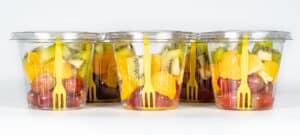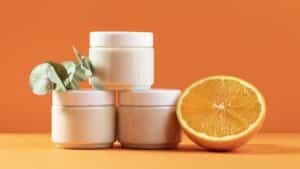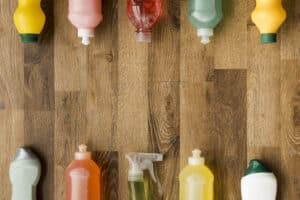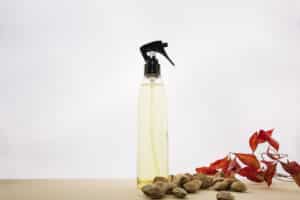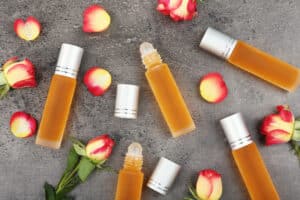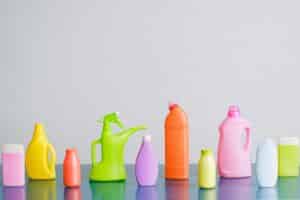Is your lubricant bottle design driving sales and attracting customers? A well-thought-out bottle design can significantly impact your product’s usability and marketability. In this article, we will dive deep into the crucial factors you should consider when selecting the perfect lubricant bottle design. From ergonomics and durability to branding and environmental sustainability, we’ll cover all the essential aspects to help you make an informed decision. So, let’s get started!
While the formulation of the lubricant itself is crucial, the packaging design also contributes to the overall customer experience. An eye-catching and functional lubricant bottle design attracts potential buyers and enhances the ease of use and brand perception.
Table of contents
Factors to Consider When Choosing a Lubricant Bottle Design
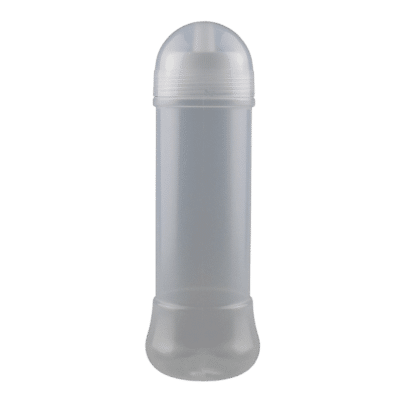
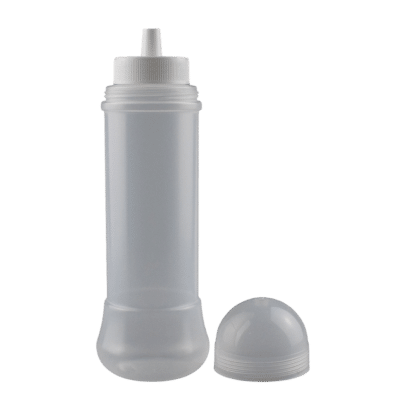
1. Ergonomics and Ease of Use
i. Shape and Size of the Bottle
The shape and size of the lubricant bottle or lubricant oil bottle can significantly impact its convenience and usability. A bottle with an ergonomic design, such as one that fits comfortably in the hand, can make handling and dispensing much easier. Additionally, consider the size of the bottle, ensuring it aligns with the intended application. Bottles that are too large can be inconvenient and cumbersome, while small bottles like a 5 oz lubricant bottle may not hold enough lubricant for efficient use.
ii. Closures and Dispensing Mechanisms
When selecting a lubricant bottle design, it is essential to consider the closures and dispensing mechanisms. Different types of closures, such as flip tops, twist caps, or pump dispensers, offer distinct advantages. Carefully evaluate the ease of use and product safety provided by each option. For example, lubricant pump bottle dispensers are ideal for precise measurements, while flip tops provide quick and convenient access. Another example is the lubricant spray bottle, a dispenser that can spray liquids over an area that is handy in many situations.
2. Durability and Material Selection
The choice of packaging material significantly affects the durability and performance of the lubricant bottle. Two common options are plastic and glass bottles.
i. Plastic Bottles
Plastic bottles are widely used due to their versatility and cost-effectiveness. However, not all plastics are suitable for lubricant packaging. Consider the type of plastic, such as high-density polyethylene (HDPE) or polyethylene terephthalate (PET), based on product compatibility and durability requirements. For heavy-duty applications, sturdier plastics like polypropylene (PP) may be preferable.
ii. Glass Bottles
Glass bottles offer a premium look and feel, making them an attractive option for certain lubricants. They are particularly popular in industries where product visibility is essential, such as automotive or precision engineering. However, glass bottles can be fragile and heavier than their plastic counterparts, impacting transportation costs and product safety.
3. Labeling and Branding Considerations
A well-designed label can be a powerful marketing tool. When choosing a lubricant bottle design, consider the following aspects of labeling and branding:
i. Label Design and Information
Your label design should attract attention while providing necessary product information. Utilize eye-catching colors, clear fonts, and suitable graphics to make the label visually appealing. Additionally, ensure compliance with regulatory requirements, including appropriate warnings and usage instructions.
i. Branding and Packaging Aesthetics
Packaging design plays a crucial role in strengthening brand recognition and perception. Consistency between the product and its packaging design is essential for reinforcing brand messaging. Consider incorporating your brand colors, logos, and other visual elements to create a cohesive and memorable brand experience for customers. Also, you can decide whether the bottle itself should be colored or not paving the way to create a blue lubricant bottle, a lubricant purple bottle, or a lubricant black bottle.
4. Contamination Prevention and Product Safety
Preserving the integrity and quality of the lubricant is paramount. Proper packaging design can help prevent contamination and ensure product safety.
i. Tamper-Evident Packaging
Tamper-evident features instill consumer confidence by clearly indicating if the product has been tampered with. Choose a lubricant oil bottle design that incorporates tamper-evident packaging, such as breakable seals or shrink bands, to protect customers and maintain product authenticity.
i. Child-Resistant Packaging
In the case of lubricants used in households, child-resistant packaging is essential to prevent accidental ingestion or exposure. There are various options available, such as child-resistant caps or packaging with locking mechanisms. Prioritize safety by incorporating child-resistant features into your lubricant bottle design.
5. Environmental Considerations
As the world becomes increasingly conscious of environmental issues, sustainable packaging solutions are gaining popularity. When choosing a lubricant bottle design, consider the following environmental considerations:
i. Recyclable Materials and Packaging
Opt for packaging materials that are easily recyclable. Plastic bottles made from PET or HDPE are widely accepted by recycling facilities. Educate consumers about proper recycling practices to minimize the environmental impact of used lubricant bottles.
i. Reducing Material Waste and Secondary Packaging
To promote eco-friendliness, explore options to reduce material waste during production and minimize unnecessary secondary packaging components. Consider innovative designs that optimize material usage while maintaining functional integrity.
Conclusion
In conclusion, selecting the right lubricant bottle design is crucial for product usability, marketability, and environmental impact. Factors such as ergonomics, durability, material selection, labeling, and branding should be carefully considered. Additionally, prioritizing contamination prevention, product safety, and environmental sustainability can further enhance your lubricant packaging. By addressing all these considerations, you can ensure your product stands out in the market, attracting customers and driving sales.
FAQs
1. What material are lubricant bottles?
Lubricant bottles are commonly made from various materials, including plastic and glass. Plastic bottles are the most prevalent choice due to their durability, flexibility, and cost-effectiveness. High-density polyethylene (HDPE) and polyethylene terephthalate (PET) are often used for plastic lubricant bottles, providing excellent resistance to chemicals and moisture.
2. What is lubricant packaging?
Lubricant packaging refers to the containers or packaging materials used to store, transport, and dispense lubricants. It includes a wide range of packaging solutions tailored to the specific needs of different lubricant products. Common types of lubricant packaging include bottles, jugs, drums, pails, tubes, and aerosol cans.



